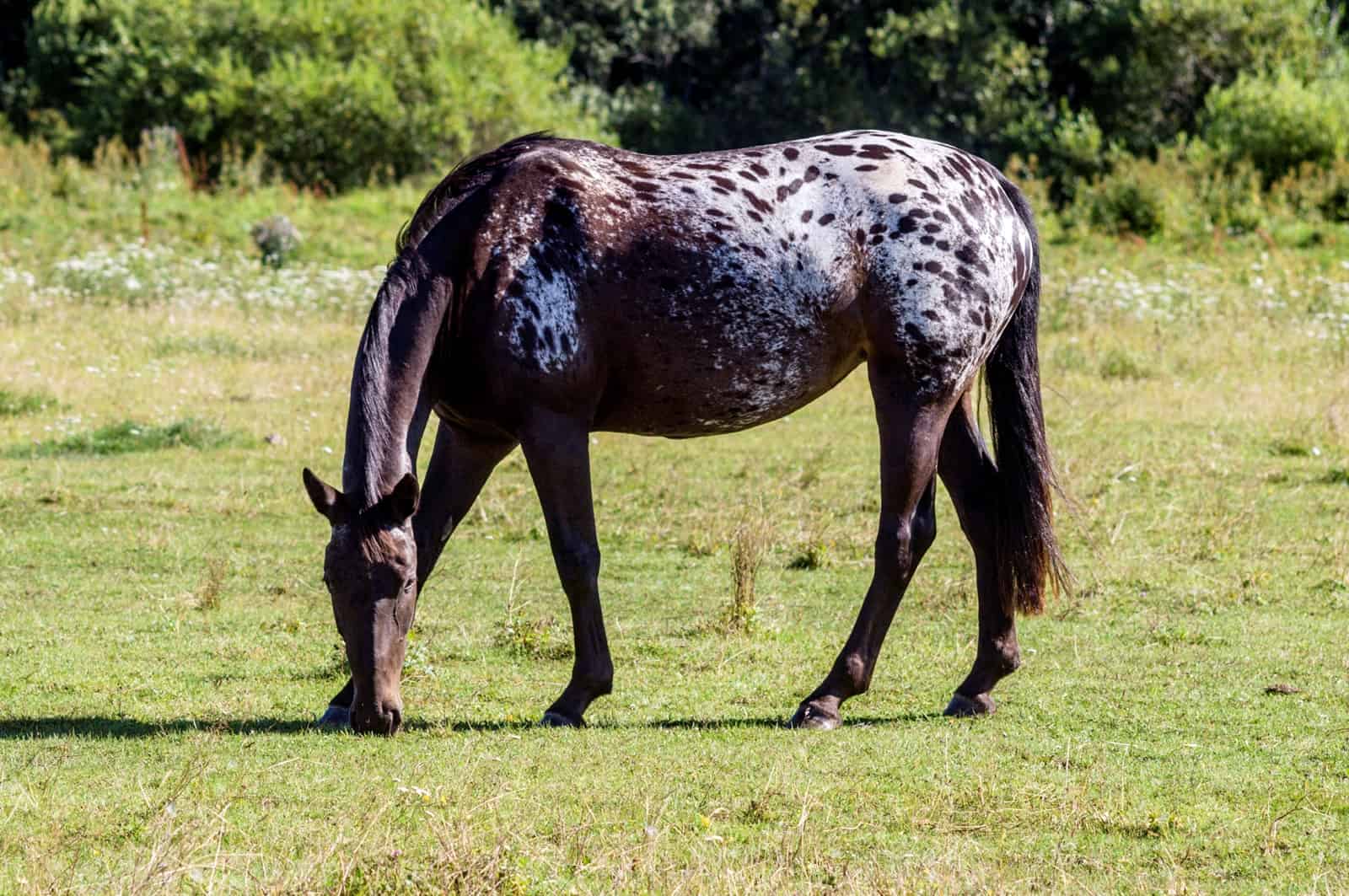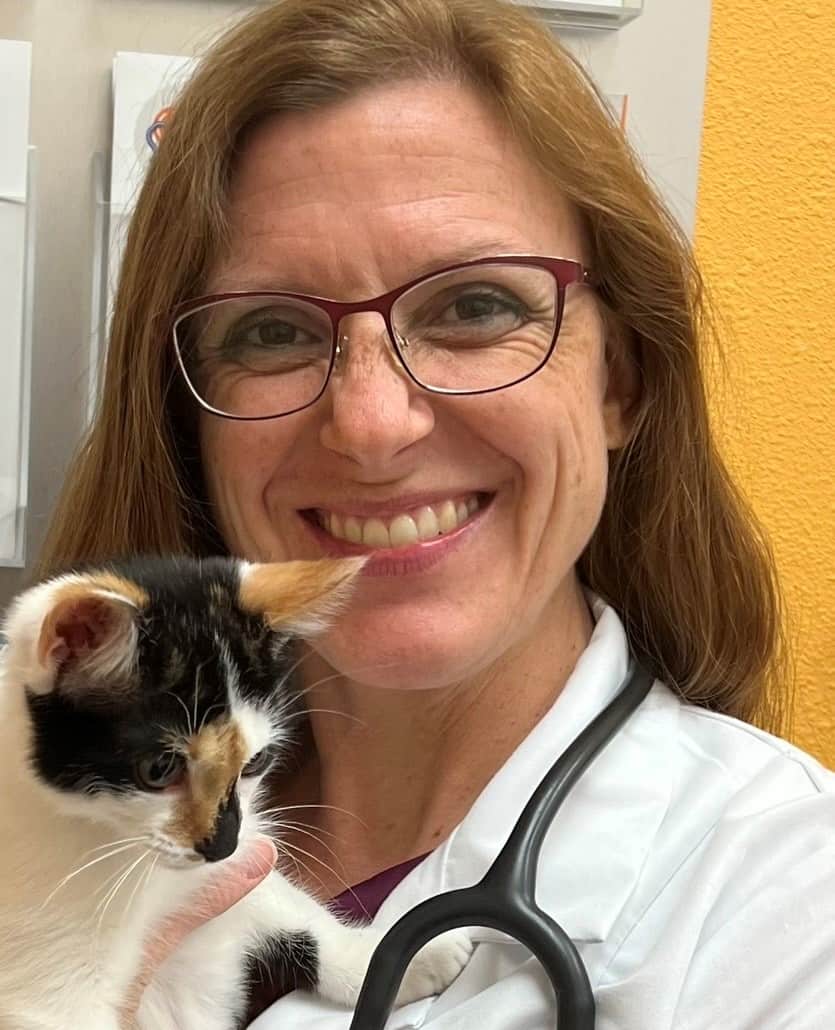Exploring the Equine Microbiome

Researchers are discovering how the vast and varied microbes in the horse’s gastrointestinal tract impact equine health.
Much like the intrepid explorers using the Curiosity rover to examine the surface of Mars, searching for evidence of microbes, veterinary researchers are investigating the depths of the equine gastrointestinal tract to learn about microscopic life forms residing there and what they are doing. Scientists are, quite literally, going where no one has gone before.
But unlike the surface of Mars, where scientists have only caught glimpses of proof of past microbial life, the horse’s large intestine hosts an extremely diverse range of microorganisms. Identifying all the species and their exact roles, however, has been slow going. Those microorganisms, together with their genomes and their interactions in a particular environment, are referred to as the microbiome.
“Studying the equine intestinal microbiome is important because horses are hindgut fermenters,” says Scott Weese, DVM, MSc, Dipl. ACVIM, a professor in the Department of Pathobiology at the University of Guelph’s Ontario Veterinary College. “Changes in the microbiome can result in diseases such as colic, colitis, and laminitis, which are leading causes of morbidity and mortality in horses TheHorse.com is home to thousands of free articles about horse health care. In order to access some of our exclusive free content, you must be signed into TheHorse.com. Already have an account?Create a free account with TheHorse.com to view this content.
Start your free account today!
and continue reading.

Written by:
Stacey Oke, DVM, MSc
Related Articles
Stay on top of the most recent Horse Health news with











